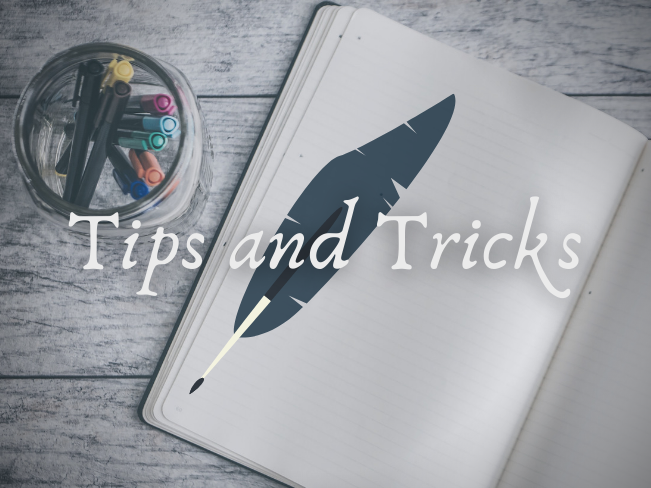
Feeling like your descriptive prose is falling flat, or your worldbuilding and setting details aren’t hitting the page quite right? That could be because you’re not giving these details a ‘face.’
Readers are relentlessly interested in the humanity of your story: the myriad ways in which each element of setting, backstory, and worldbuilding impact the people who populate your universe. Thus, when our setting descriptions fall flat, it’s often because we get stuck on describing things instead of the relationships people have to those things.
For example:
When describing a city that recently endured an air-raid, we might be tempted to write something like:
A bomb had gone off, leaving wreckage along the city block.
There’s nothing wrong with this sentence on the surface. It’s to-the-point, and it creates an image in the reader’s head. But is it the most evocative depiction of warfare possible? Perhaps not. Thus, the question becomes: how can we give the city a face?
The bomb had left only rubble behind. Lara picked her way through the street, pausing when a flash of red caught the corner of her eye: a single child’s shoe, abandoned by its wearer.
The shoe is the human element. It takes setting description and connects it to a character—even a character the reader hasn’t and will never meet—which in turn punches up the emotional impact of the description.
This might seem like a cheap ‘win’ in prose, because harm to children and animals tends to garner an emotional response from anyone who isn’t a complete sociopath, so let’s look at a more mundane example. Many stories feature some kind of storefront, shopping, or market scene. How can we add interest into such a common setting? Try zooming in from the general to the specific, and ensuring the specific has a single, human subject at its heart. Compare:
Merchants sold their wares
with
A merchant with yellow-stained fingertips organized his display of hanging spice baskets.
Here, we narrow the focus from ‘merchants’ to a single merchant, one who works with (presumably) saffron, based on his yellow-stained fingertips. While this description is significantly longer than the simple and general ‘merchants sold their wares,’ it arguably condenses the power of a paragraph of exposition into a single sentence, and gives the reader a much clearer mental picture.
Even when zooming in, however, we tend to focus on visual details. Don’t forget about the power of the other senses: sound, smell, touch. Take a simple, general description like:
When the first fires lit, they fled the city in droves
and punch it up with sensory details that evoke the human element of that exodus.
Wagons lined the roads, filled to the brim with hastily stacked belongings and overseen by thin-lipped matrons. Impatient horses whickered at the slow pace, made nervous by the acrid tang of smoke carried westward on the breeze.
By calling upon multiple different senses, we capitalize on the descriptive power of our narration and help our readers immerse themselves in setting.
This is, at its heart, the difference between showing and telling in descriptive writing. In one excerpt, we inform the reader that residents are fleeing the city. In another, we show them what flight looks like in an immediate, visceral way.
There will be times when telling is necessary; we use descriptive summary in order to dispense less-important information to the reader and quickly move the narrative focus from one place to another. Often, we might begin our description with a ‘tell’ to give the reader an important piece of information, then zoom into little human details to ‘show’ them what that information means.
Combining the two descriptions from the last example would yield a strong result:
When the first fires lit, they fled the city in droves. Wagons lined the roads, filled to the brim with hastily stacked belongings and overseen by thin-lipped matrons. Impatient horses whickered at the slow pace, made nervous by the acrid tang of smoke carried westward on the breeze.
The first sentence is weaker without the sensory zoom, but provides the groundwork upon which a ‘human element’ can rest.
That’s not to say description must include a human face in order to work; environmental or setting description can be moody, atmospheric, and beautiful on its own. But by searching for connections with the human element, you can allow atmospheric descriptions to shine without over-relying on the inanimate to build your story’s backdrop.
Details like yellow-stained fingertips or a single red shoe can give resonant, emotional context to the inanimate. By adding a ‘human face’ to specific moments in your setting and worldbuilding description, you can help readers feel present in each scene, and deeply connect them to and immerse them in your world.

 Whiteboard Scenes
Whiteboard Scenes Why Your Opener Isn’t Working
Why Your Opener Isn’t Working
Leave a Reply